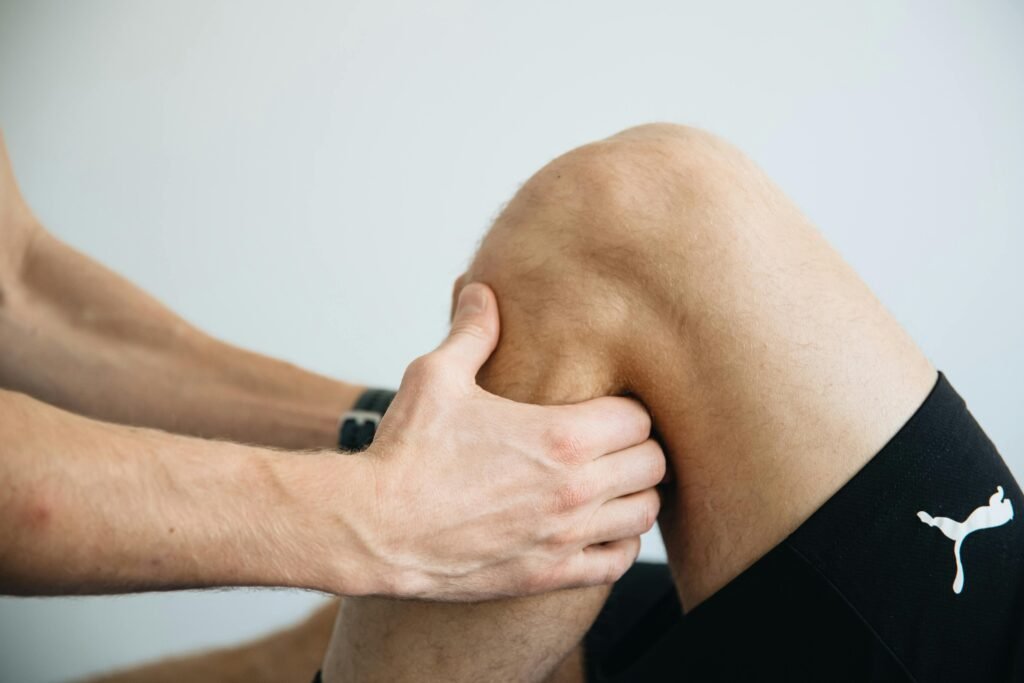
Even the most dedicated players can get hurt and have to miss games, but they don’t have to lose progress while they’re healing. It doesn’t matter if you’re a skilled athlete or just like to work out on the weekends. A sports physical therapist can help you not only heal but also get back to work faster and stronger than before. They are an important part of any athlete’s support system because they provide targeted care that bridges the gap between recovery and top performance.
What Makes a Sports Physical Therapist Different?
Physical therapists all work to help people move better and feel less pain, but a sports physical therapist knows more about how athletes work. People who work in sports medicine are trained to treat injuries like ACL tears, shoulder cuff strains, and ankle sprains. They also know how to make treatment plans that are specific to each athlete’s needs. It’s not just healing that they want; they want to optimize.
When an athlete goes to a sports physical therapist, they look at the biomechanics of their movements and make sure that their rehabilitation plans are tailored to the physical needs of their sport. This method helps get to the bottom of injuries, stops them from happening again, and gets athletes back to full physical functionality.
Faster Recovery Through Targeted Therapy
One of the primary benefits of working with a sports physical therapist is their ability to accelerate recovery time. They use a combination of manual therapy, strength training, mobility exercises, and neuromuscular re-education to promote healing efficiently. By incorporating sport-specific drills and real-time movement assessments, they ensure the body heals in a way that supports athletic performance.
For instance, a runner recovering from a hamstring strain won’t just be asked to rest and stretch. Instead, the therapist will guide them through a progression of exercises that simulate running motions, gradually increasing intensity and speed. This sport-specific focus significantly shortens downtime and promotes confidence in returning to activity.
Building Strength and Preventing Re-Injury
A sports injury can often reveal underlying weaknesses or imbalances that contributed to the problem. A sports physical therapist works to correct these issues through strength training and movement correction. Their expertise allows them to identify subtle flaws in form or function that might go unnoticed in general physical therapy settings.
By improving muscle coordination, joint stability, and body mechanics, athletes can return to their sport with a more resilient foundation. This proactive method not only improves performance but also lowers the risk of getting hurt again, which is a common worry for athletes who want to get back to playing.
Mental Confidence Matters
Recovery isn’t just physical—it’s also mental. Athletes often struggle with the fear of re-injury or doubts about regaining their previous level of performance. A sports physical therapist helps address these mental hurdles by building trust through measurable progress and consistent support.
Many therapists incorporate sports psychology principles into their sessions, encouraging athletes to visualize success and regain mental focus. This holistic care ensures athletes feel fully prepared—both physically and mentally—to return to competition.
Ideal for All Levels of Athletics
It’s a common misconception that sports physical therapy is only for professionals. In reality, anyone who engages in physical activity—from youth athletes to fitness enthusiasts—can benefit. Whether you’re recovering from a sprain, dealing with overuse pain, or simply want to perform at your best, a sports physical therapist can provide personalized strategies to support your goals.
Conclusion
It doesn’t have to be hard or take a long time to get better. Athletes can get back on track after a failure with the help of a sports physical therapist. Their targeted, evidence-based care not only helps people get better faster, but it also makes their bodies stronger so they can handle future obstacles. Working with an expert may be the best way to get stronger and back to playing sports faster if you’re already hurt or want to avoid getting hurt.